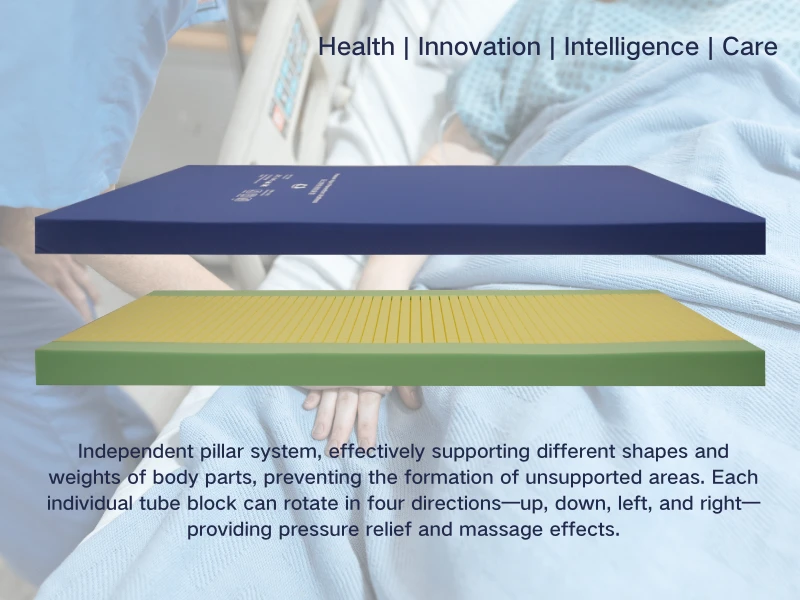Optimal Strategies for Pressure Injury Management and Patient Care
Best Practices in Pressure Injury Care
Pressure injuries, commonly known as bedsores or pressure ulcers, are damage to the skin and underlying tissue primarily caused by prolonged pressure on the skin. These injuries can be debilitating for patients, particularly for those with limited mobility, and can lead to significant complications if not properly managed. Understanding the best practices in pressure injury care is crucial for healthcare professionals, caregivers, and patients alike.
Understanding Pressure Injuries
Pressure injuries typically develop over bony prominences where pressure is concentrated, such as the heels, sacrum, and elbows. The risk factors for developing these injuries include immobility, poor nutrition, advanced age, and certain medical conditions, such as diabetes and vascular disease. The severity of pressure injuries is classified into stages, ranging from stage I (non-blanchable erythema) to stage IV (full-thickness tissue loss).
Assessment and Prevention
Effective pressure injury care starts with a thorough risk assessment. Tools such as the Braden Scale can help healthcare providers identify patients at risk for pressure injuries. This assessment should be ongoing, especially after any change in the patient's condition.
Preventive measures are critical in ensuring skin integrity. Regular repositioning is one of the most effective strategies; patients should be turned every two hours to relieve pressure on vulnerable areas. Utilizing pressure-relieving devices, such as specialized mattresses, cushions, and heel protectors, can further reduce the incidence of pressure injuries.
Skin care is another important element of prevention. Keeping the skin clean and moisturized can help maintain its integrity. Any signs of redness or breakdown should be documented and addressed promptly to avoid further damage.
Nutritional Support
best pressure injury care

Nutrition plays a significant role in wound healing and pressure injury prevention. Patients should receive a balanced diet rich in vitamins, minerals, and proteins, which are essential for skin health and repair. Consulting with a dietitian can help tailor nutritional plans to meet individual needs, particularly for patients with increased metabolic demands or those recovering from injuries.
Wound Management
Once a pressure injury occurs, effective wound management becomes paramount. This includes cleaning the wound with saline or prescribed solutions and applying appropriate dressings to promote healing while protecting the area from further harm. The selection of dressings should be based on the stage of the wound; for example, hydrocolloid dressings are often used for stage II wounds, while advanced dressings may be necessary for stage III and IV injuries.
Regular assessment of the wound is vital to monitor progress and make timely adjustments to the care plan. Signs of infection, such as increased redness, swelling, or discharge, should be addressed immediately, sometimes requiring antibiotic treatment or specialized wound care.
Patient and Caregiver Education
Education is a cornerstone of effective pressure injury care. Healthcare providers should educate patients and caregivers about the importance of monitoring skin integrity, recognizing the early signs of pressure injuries, and understanding the techniques for repositioning. Empowering patients to participate in their care can enhance compliance and improve outcomes.
Conclusion
Preventing and managing pressure injuries is a comprehensive process that requires assessment, prevention strategies, nutritional support, effective wound management, and education. By employing best practices in pressure injury care, health professionals and caregivers can significantly reduce the incidence and severity of these injuries, thereby improving the quality of life for those affected. Continuous research and education in this field are essential in adapting to the evolving needs of patients and enhancing care strategies. Effective pressure injury management not only promotes healing but also fosters a respectful and supportive environment for patients during their recovery journeys.
-
Mattresses Designed for Back Pain ReliefNewsAug.08,2025
-
Innovative Wave Mattresses for Ultimate ComfortNewsAug.08,2025
-
High-Quality Mattresses for Hospital BedsNewsAug.08,2025
-
High-Quality Mattresses for Every NeedNewsAug.08,2025
-
Healthcare Foam Mattress: Sleep Better, Heal FasterNewsAug.08,2025
-
Cube Mattress for Daily ComfortNewsAug.08,2025
-
How Hospital Mattress Choices Directly Impact Patient Comfort and CareNewsAug.05,2025

